The monarch butterfly, a migrant in danger
The choice of the monarch as the insect to represent Animalium was not due to chance. In the 1990s, I made a modest contribution to the conservation of this exceptional butterfly by developing, with colleagues from the Mexican foundation Monarca A.C., a communication plan whose goal was to make the general public aware of it.
Two aspects of the initiative come to mind. You may know that the monarchs born in Canada at the end of summer cross the whole United States to spend winter in Mexico, meaning that this migrating insect acts as a natural link connecting our three countries.
We convinced the leaders of our countries to choose the monarch as the symbol of the Commission for Environmental Cooperation established at the signing of the Canada-US-Mexico Free Trade Agreement in 1994, whose secretariat is in Montreal.
That same year, the Canadian Museum of Nature inaugurated a traveling exhibition about the monarch butterfly. This exhibition was presented for ten years or so in the great museums of North America, including the Montreal Insectarium, before ending up at the Children’s Museum in Mexico City.
Because of these initiatives and many others that followed – including the Mission Monarque program at the Montreal Insectarium – the monarch is today better known by the public. But climate change and deforestation of the mountains where it winters threaten the migratory populations of this butterfly, which has been considered endangered in Canada since 2003.
The monarch is Québec’s largest butterfly. We can promote its presence by planting milkweed, the only plant that its adult caterpillars feed on. Milkweed and a variety of other plants that provide nectar also nourish the adult butterflies and several pollinating insects.
Let’s reduce the use of pesticides and develop butterfly gardens so that the monarch will continue to reign for a long time to come. The monarch is featured in the arthropod section of Animalium, the zoological museum of Mont-Tremblant.
By the same author: The prickly porcupine (Click the image below)

Jacques Prescott131 Posts
Jacques Prescott est biologiste, professeur associé à la Chaire en éco-conseil de l’Université du Québec à Chicoutimi. Spécialiste de la biodiversité et du développement durable, il est l’auteur de nombreux livres et articles sur la faune et la conservation de la nature. Il nous fait l’honneur de rejoindre notre équipe de collaborateurs et signera chaque mois une chronique intitulée Faune et flore. / Jacques Prescott is a biologist, associate professor with the Chair in Eco-Counselling of the Université du Québec à Chicoutimi. A specialist in biodiversity and sustainable development, he is the author of numerous books and articles about wildlife and nature conservation. He has honoured us by joining our team of contributors and will write a monthly column entitled Wildlife and Habitat.
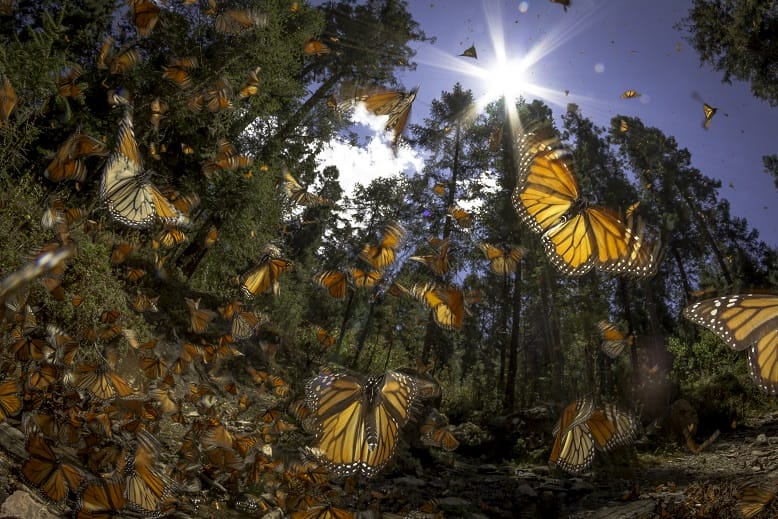
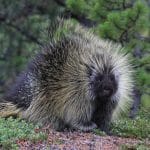


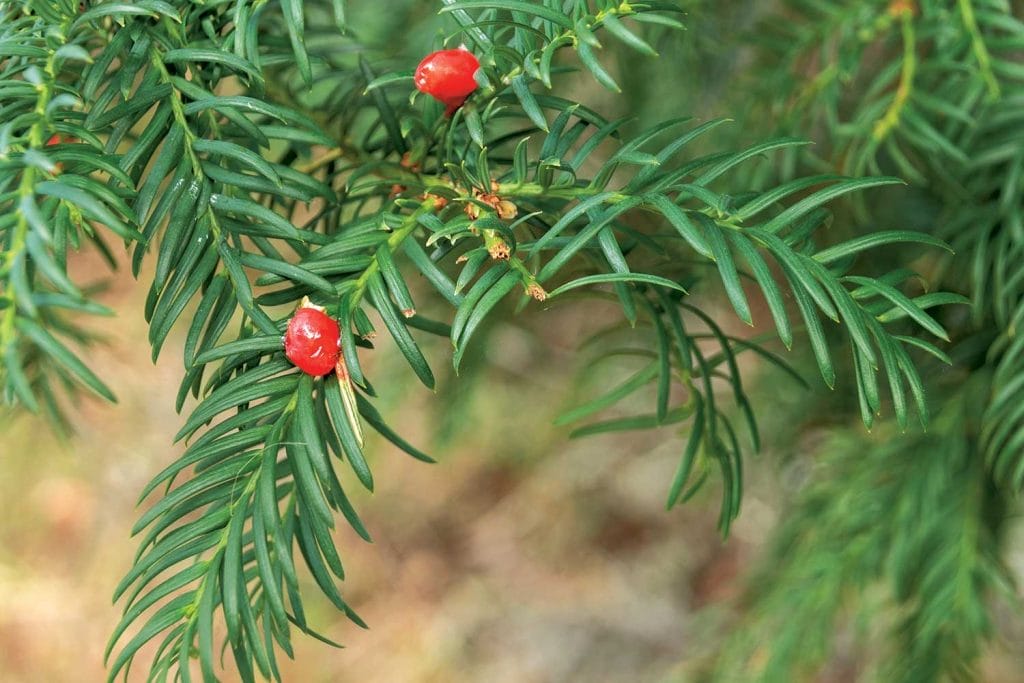
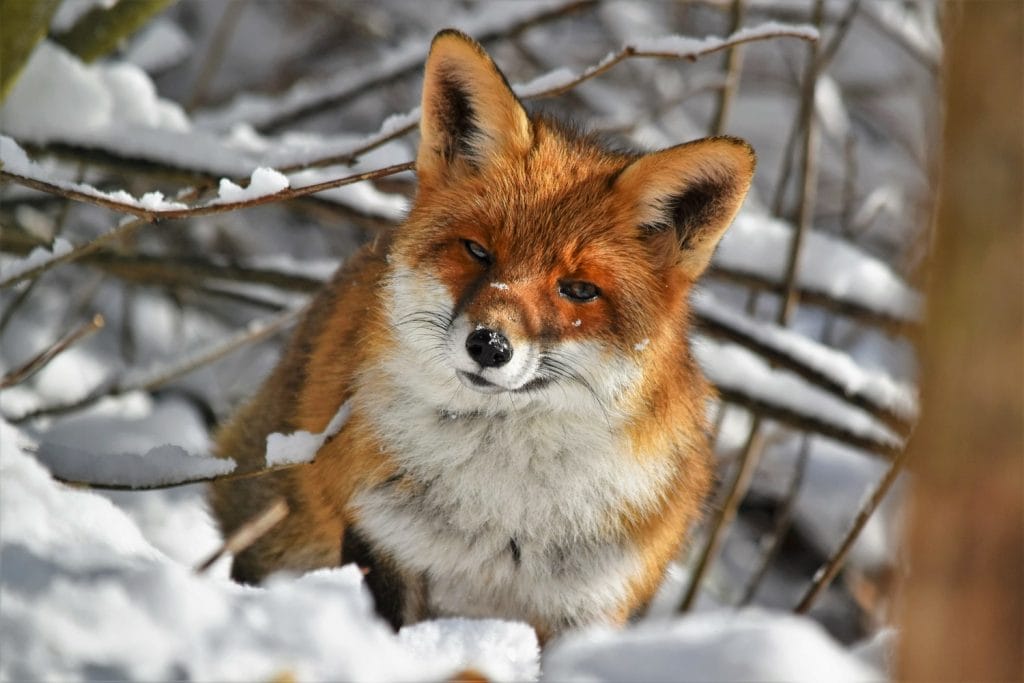
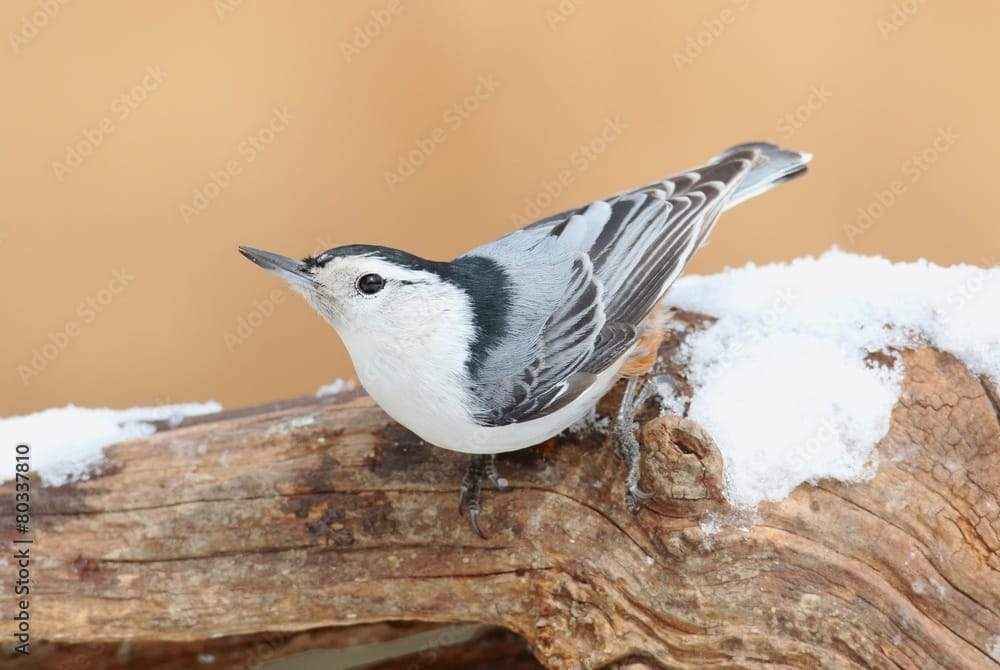
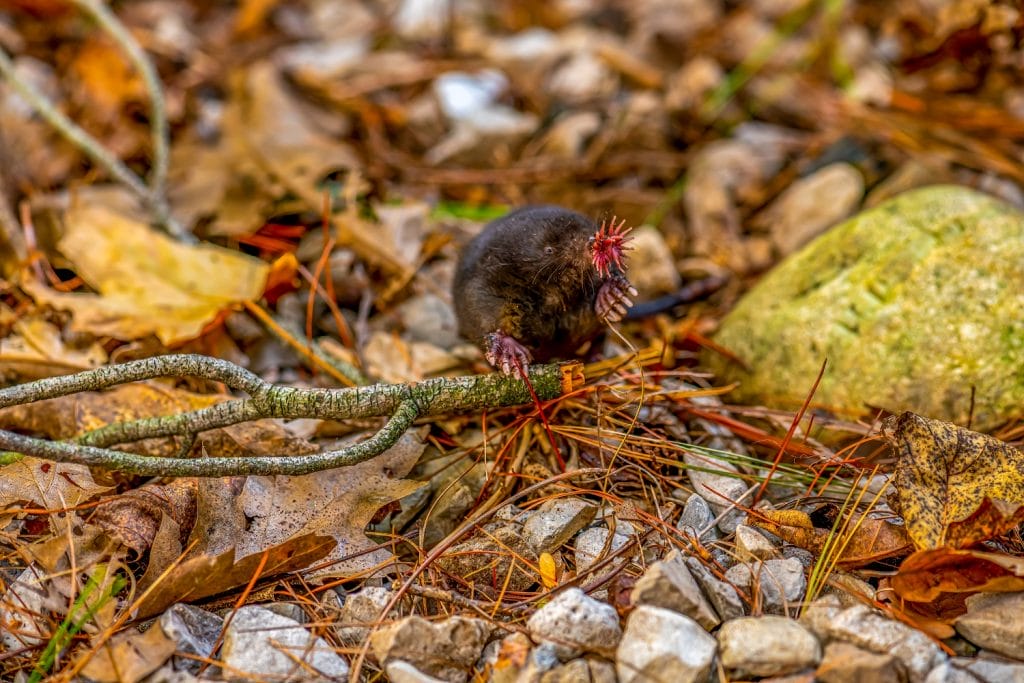

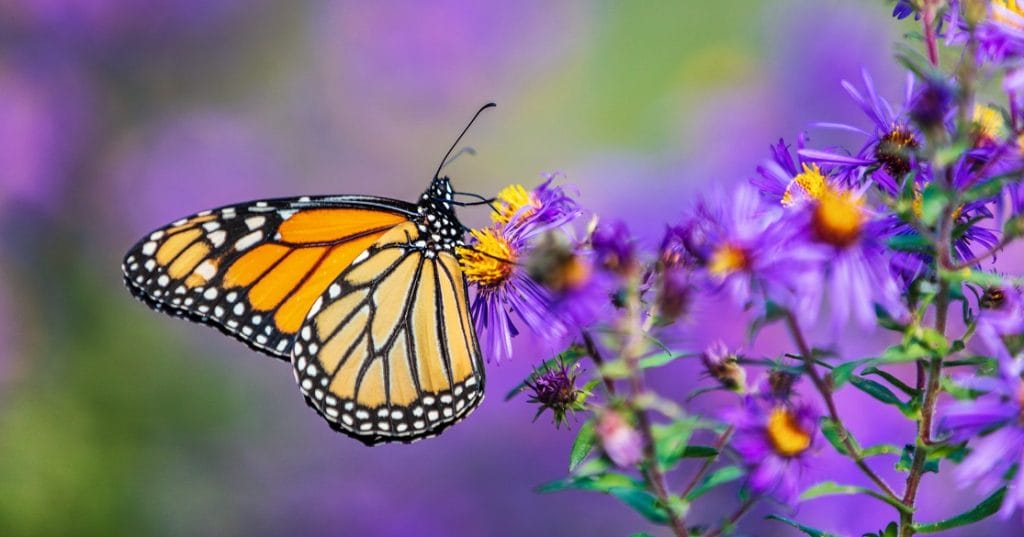
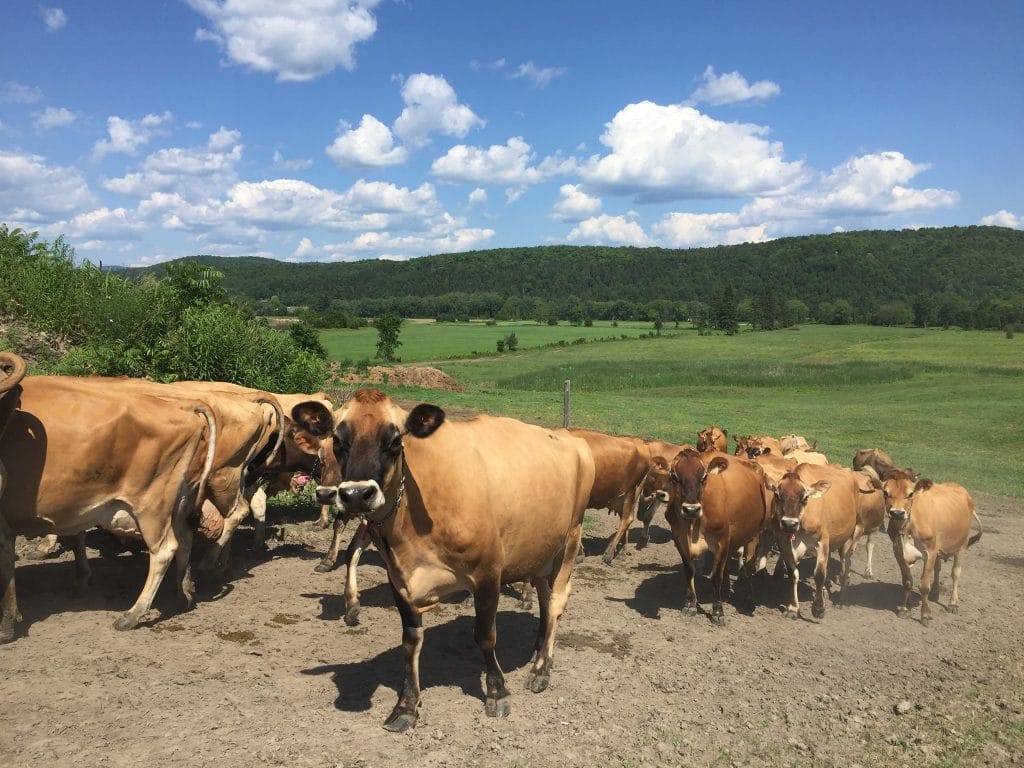
0 Comments